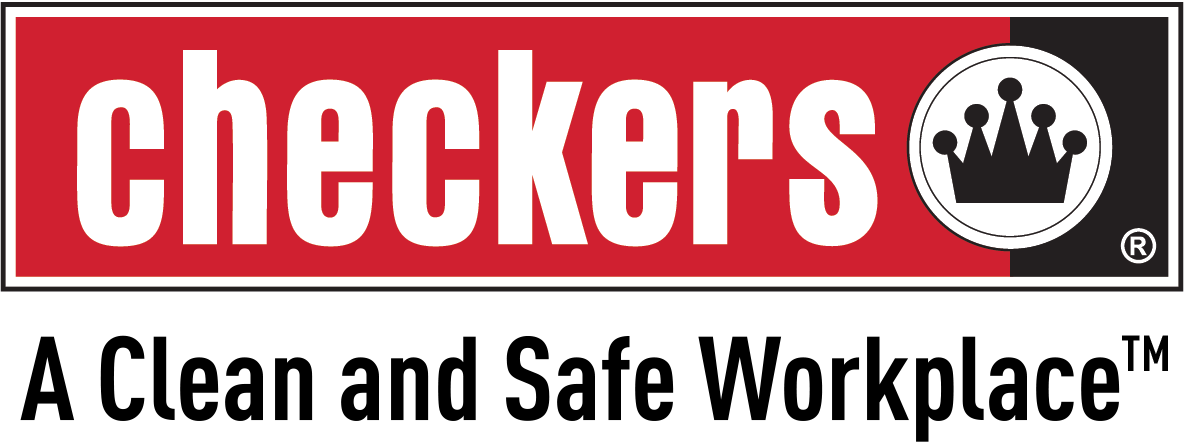
Terms Everyone in the Cleaning Industry Should Know
We’ve all had times where someone used a term or word that we didn’t know the meaning of but were too embarrassed to ask. There is a lot of terminology that gets thrown around in the cleaning industry and there are a lot of terms that often get used in colloquial ways that stray from their actual or original meaning. Here are some common terms you may not know the actual meaning of or should know more about.
1. Disinfect
Disinfect is a commonly used and well known term, but many people, especially those outside the cleaning industry, are unaware of its actual meaning. To disinfect means to kill 99.999% of the pathogens the disinfectant’s label says it is effective in killing. Disinfectants can be used to kill viruses, but only those listed on the label. All disinfecting should be proceeded by proper cleaning as disinfecting agents must remain on the surface or object for the full recommended dwell time. Dwell time being defined as the time a disinfectant must remain in contact with a surface or object for it to disinfect. Most disinfectants have a dwell time of four to ten minutes, but some disinfectants have a dwell time of one minute or less so it’s important to always read the label.
2. Antibacterial
The terms antibacterial refers to any substance that is able to kill or slow the growth of bacteria. Contrary to popular belief or what you may have read on social media, antibacterial formulas are not effective against viruses. This is important to note especially since there was so much confusion and misinformation being spread at the start of the COVID-19 pandemic on how to protect yourself and others. If you are looking to clean and/or sanitize a surface, it is important that you get the right product that will actually do what you needed it to do so be sure to read the labels and/or online product information carefully.
3. Decontamination
Decontamination is another word that gets thrown around that actually has a very specific procedural meaning. Decontamination is defined as the physical removal or reduction of microorganisms or dangerous substances. This includes biohazardous materials and infectious viruses. This can be achieved by cleaning, disinfecting, and then depending on the substance, sterilizing. Chemical neutralization methods may also be used depending on the substances and surface materials that need decontaminating.
4. Sanitize
Sanitize is another term that gets tossed around quite a bit without a real understanding of its definition. To sanitize something means to reduce but not kill 99.9% of microorganisms on an object or surface in 30 seconds or less. This is the level that is deemed safe for humans by Environment Canada and the Environmental Protection Agency. Sanitizing agents cannot kill viruses or fungi contrary to what some people might try to tell you and should only be used against the specific pathogen or pathogens stated on the label.
5. Deep Cleaning
You might be surprised to learn that the term deep cleaning doesn’t actually have a standard definition. Generally speaking, however, the term is used to describe specific services or actions taken by an individual or company that provide a higher or deeper level of cleaning than would normally be achieved by a standard cleaning process. For example, disinfecting a surface using an electrostatic sprayer or chemical or using a variety of tools with a greater reach and more intense cleaning methods to deep clean a carpet.

